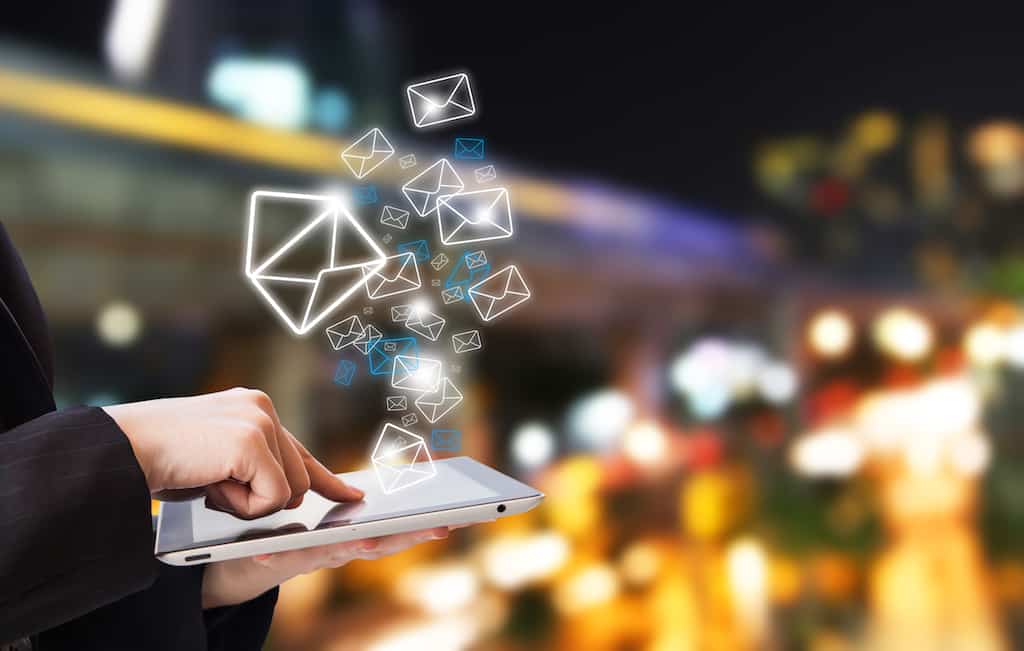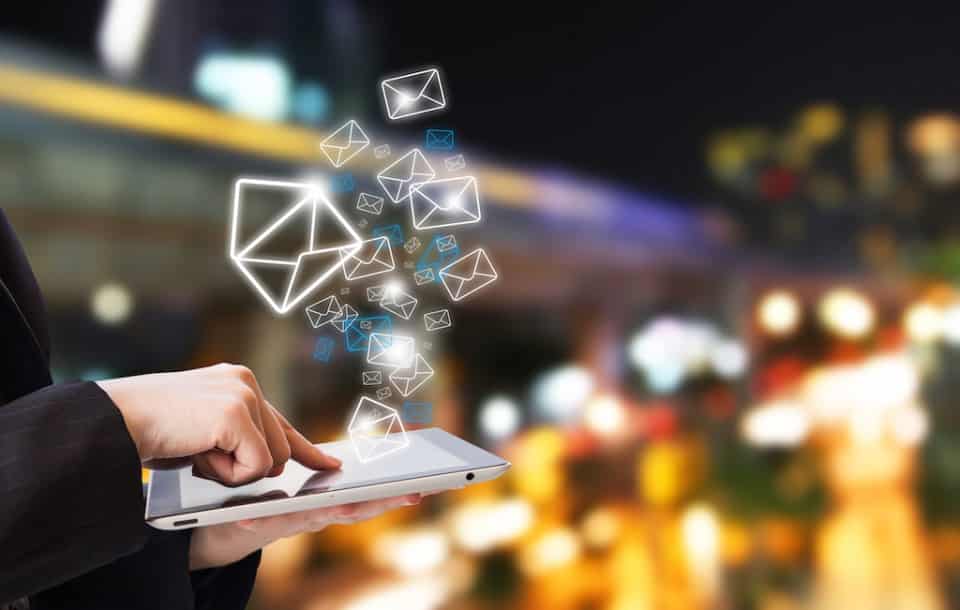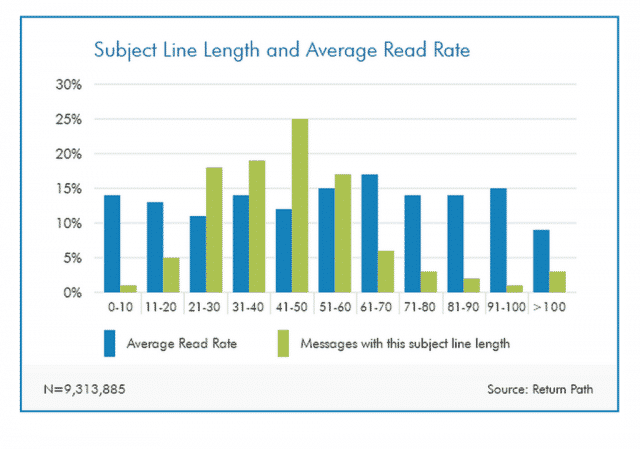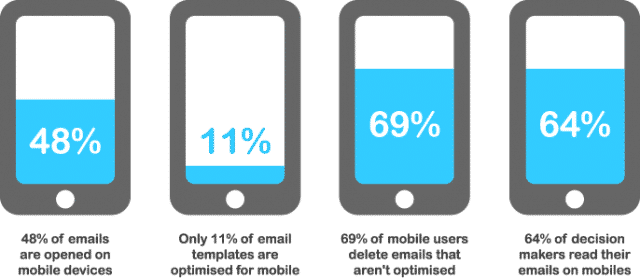Featuring different products, news, updates, and event info, email newsletters are a quick and easy way to get info you need to all of your subscribers at once, while encouraging them to take action. Twenty percent of marketers say their business’ primary revenue source is from email operations. Luckily for us, there are several different ways marketers can help guarantee actions taken from email campaigns, as well as to help drive traffic.
Since more than half of marketers plan to increase their email marketing budgets this year, now is the time to revamp email marketing campaigns and take actions into our own hands. Pay attention to the tips below to help increase traffic using email marketing.
What’s the Perfect Size Subscriber List?
There isn’t one! Everyone’s subscriber list should be unique to their demographic, products, and services. For example, having a subscriber list of only 100 people, all of whom voluntarily submitted their email address at an event, can produce more opens and traffic than a list of 10,000 subscribers from a purchased list.
This doesn’t mean having a large subscriber list is a bad thing. It means the email newsletters you produce for a large list size requires more captivation with the design and content of the email, as well as quality subscribers. Since the purchased list of subscribers haven’t engaged with your business before, or perhaps just briefly heard of you, the email newsletter has to captivate and encourage all 10,000 subscribers to open, click, and forward. Whereas, the smaller list of subscribers who met your business at an event and created a personal relationship is more likely to not only open the email, but engage and drive traffic to your website.
Why Won’t Anyone Open My Emails?
Every morning as I sip my tea I organize my inbox, deleting “Spam”, prioritizing emails and filtering the rest. The quickest way for me to declare something as spam is when I notice who it’s from. Another promo from Chili’s is going straight to the spam folder, unless I was craving a Cadillac Margarita that day. The subject line of an email is another way I define what is spam, trash, or saved for later.
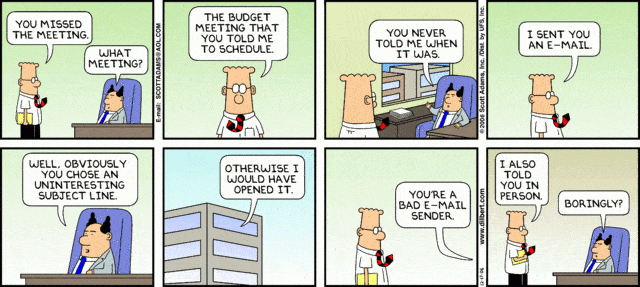
When crafting the perfect email, use your personal name associated with the business name as the “From”. Real names like John Smith are less likely to be categorized as spam than Chili’s and also more likely to be opened if they make it to the inbox.
Regarding the subject line, include something catchy without saying too much. The whole point of the email is for it to be opened, read, and digested. Mailchimp suggests these tips when crafting the perfect subject line:
- Add a local aspect in the subject line, including a local hot spot or location.
- Never repeat the same subject line. Always try to create a more captivating subject line than the last.
- Promotional emails can come across as spammy. Avoid any promotional or sales-like phrases in subject lines.
- A lengthy subject line gets cut off and is distracting. Keep the subject line around 50 characters so it is short, sweet, and easy to read.
How Can I Personalize Each Email For Traffic?
We all know the emails coming from Geico aren’t created just for me. They are generalized emails that touch on a trending topic, new service provided, or some general update. To help filter this type of corporate feel for subscribers, it’s important to personalize the email as much as possible. Taking the time to do this will help ultimately drive traffic from your email to your website. Some items will take additional time, like adding specific paragraphs directed to specific subscribers, whereas things like form fields can be automated.
Beginning an email with “Hi, Person’s Name” is one of the many tactics you can setup to help increase traffic and engagement from an email. Email marketing programs like Mailchimp and Constant Contact have codes that automatically insert the subscriber’s name to help personalize the body of the email. Seeing their name at the beginning of an email from a big business gives a subscriber a personal feel, one that can lead to action.
Why Won’t My Subscribers Take Action?
Sure, your email layout is designed beautifully, it’s personalized and the content is impressive, but have you included any links? Are there any call-to-actions? There’s an initial reason to send out a mass email to subscribers, whether it’s to increase sales, generate traffic, new followers, or email virality. Depending on the goal there’s multiple ways to include interactive features in the body of an email to help increase results and drive traffic.
1. Insert links everywhere. I type this with an equal amount of caution and emphasis. All of the images, buttons, and call-to-actions need to link to a specific page on your website. Every other word in each paragraph does not. Place links where it makes the most sense: buttons, product images, product descriptions, etc. Make it easy for the subscriber to “get more information” and act on the action you’re requesting them to by inserting links.
2. Encourage social sharing. Include social media buttons to each of your social pages at the bottom and top of an email. Give the subscriber an opportunity to follow you on a profile they didn’t realize you had while increasing engagement and driving traffic to social pages.
3. Use buttons appropriately. Buttons are an appealing way to place a call to action. The design of a button help break up sections of text and flags for action. Experiment using different colors for the button background, as well as different size shapes. Some subscribers may react better to large, loud buttons, whereas others prefer simpler designed buttons.
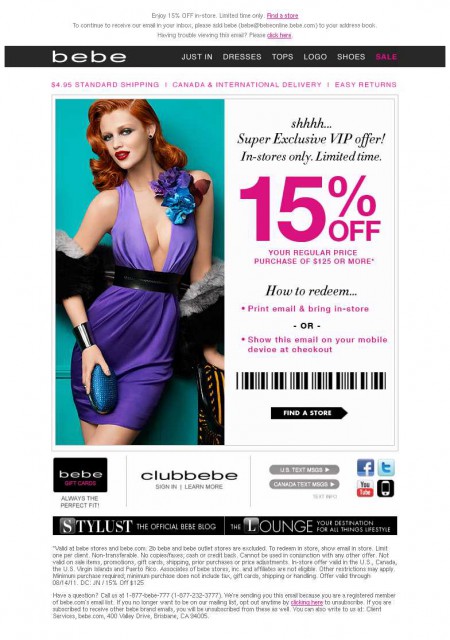
4. Share blog posts. Blog posts are a great way to encourage traffic from an email to your website. Include a short snippet with a teaser image to your new blog posts. Keep track of which blog posts receive the most clicks to analyze what kind of posts your subscribers interact with best.
5. Create a signup form on your website. This is the same idea as having an exclusive landing page for your email subscribers. When they click on a button or link in the body of the email they are redirected to a signup form, ultimately bringing them back to your website. Don’t forget to include a call to action aside from the form so subscribers are encouraged to surf around your site while they’re there. This is a great tactic for event RSVPs, as well as product purchases.
6. Send at the right time. There’s a right time and a wrong time to press that “Send” button and instantly mail out your newsletter to subscribers. The best time for your subscribers will be determined based on analytics. Try sending out an email at different times of the day to see when it is being opened and engaged with the most. If you’re too afraid to risk a good email with the wrong time, American Express recommends sending it between 9am and 12pm.
Don’t Forget About Mobile!
About 72 percent of US online adults send or receive personal emails via smartphone weekly. That percentage is so high due to the simplicity of checking emails on mobile devices. Whether your subscribers are on the go or looking for something to entertain them, mobile email marketing is where it’s at.
Image Source: Mineful
Make sure whichever program you’re using to design email newsletters offers mobile responsive layouts. You want your email to be just as captivating when opened on an iPhone as it is on a Mac. Adjust images, content boxes, and forms to fit perfectly inside both devices for ultimate engagement and traffic.
Have you had success with mobile marketing campaigns? How are you using emails to drive traffic? Share your success in the comments below!
